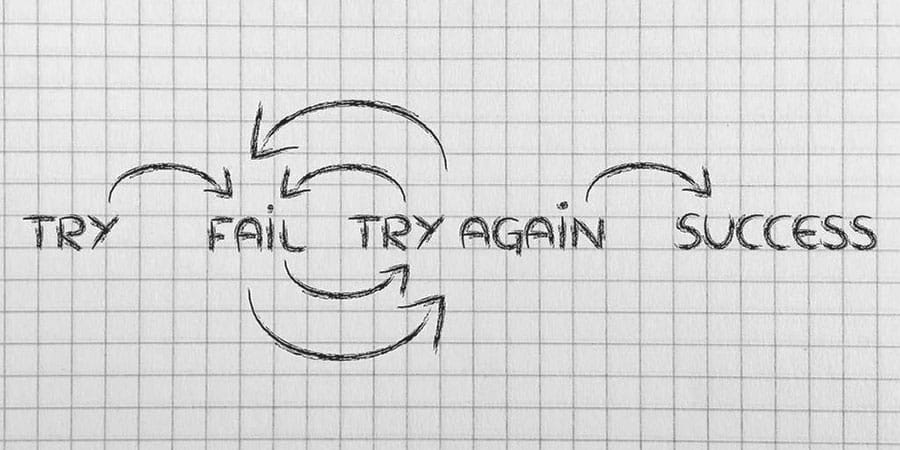Why Your Last Marketing Campaign Failed

If you’ve ever sang the “I’m Loving It” jingle while passing McDonald’s famous golden arches or bought Nike products because you’re ready to “JUST DO IT!” you’ll know how effective marketing can be.
The right song, slogan or catchphrase can leave a lasting impression, but not every campaign is effective. Indeed, many crash and burn, so let’s take a closer look at why your last marketing effort might have failed.
Unclear landing page
Imagine you’re going on holiday. You’ve been promised the world but when you get there you find there’s absolutely nothing to do. There are no tour guides; no leaflets; no amusement parks (and the weather’s pretty rubbish too). Perhaps you should have stayed at home.
That feeling of disappointment is what visitors to your site will get if you direct them to a poor or unclear landing page. They’re likely to bounce off and go elsewhere, so it’s really important that you banish content marketing mistakes and create a targeted landing page responsible for converting traffic – after all, that’s its main job.
Landing pages with integrated analytics and metric systems will also ensure you can monitor each campaign. This will give you a deeper insight into what’s working and what’s not. If you see something is not going well… change it!
Creating hashtags that are too long
We’ve all seen them – hashtags so long that they become virtually illegible.
While #hotday is easy to read, #sohotmyfaceisabouttofalloff is not.
The same applies with sales messages #summersale works well #comealongandgrabasummerbargain does not.
If you want to attract customers and get people excited about a specific offer or deal, keep your hashtags short and simple. Why overcomplicate things?
Hashtag Case Study
This might all sound like new-age modern hype, but hashtags can work wonders when it comes to creating a successful online campaign. Evian ran a real-time summer Twitter campaign under the hashtag #Evianbottleservice. Customers were encouraged to Tweet their New-York based location to Evian using the hashtag and were then met by an Evian ambassador who gave them a free bottle of water – a great example of customer interaction and engagement.
Not monitoring social accounts
Integrated marketing and PR strategies will help a campaign to succeed. So, if you’ve created a well-optimised landing page and want to drive traffic to it, why not spread the word via multiple social media accounts? This is a cost-effective marketing technique and one that’ll allow you to interact with existing/potential customers.
If you’re going to enter into the realm of social media, however, monitoring accounts is extremely important. Not only should you use analytics to see how many people are visiting the landing page from various social media platforms, but you should also implement an effective communication strategy. In other words, don’t just post a promotional link and then jump ship. Post related content when necessary and be sure to answer any questions.
As with social accounts, it’s also a good idea to create a blog post around a certain campaign. This can then be shared across numerous channels and becomes part of an integrated marketing strategy.
Not doing enough PR
PR is an important part of business. It’s about developing relationships with customers so that they understand what your brand is all about. While a promotional campaign is designed to increase conversion and your landing page should have a call to action, PR materials can be more quirky. Have fun, think outside the box and create content that people want to see – rather than just spamming them with deals and offers.
Bad planning and execution
Failing to plan a marketing campaign is like letting a bull loose in a china shop. Things are going to go seriously wrong. To be successful, you must think about your campaign seriously from start to finish and have an end goal in mind – be it XXX number of new contact details or XXX number of conversions. Once you’ve got a plan – don’t change it unless analytics tell you to do so. And if they do – make a new plan.
Bring the best of the CEOWORLD magazine's global journalism to audiences in the United States and around the world. - Add CEOWORLD magazine to your Google News feed.
Follow CEOWORLD magazine headlines on: Google News, LinkedIn, Twitter, and Facebook.
Copyright 2025 The CEOWORLD magazine. All rights reserved. This material (and any extract from it) must not be copied, redistributed or placed on any website, without CEOWORLD magazine' prior written consent. For media queries, please contact: info@ceoworld.biz











